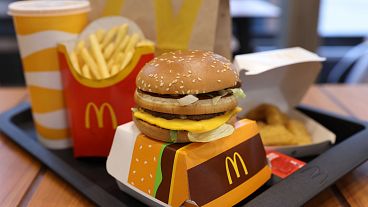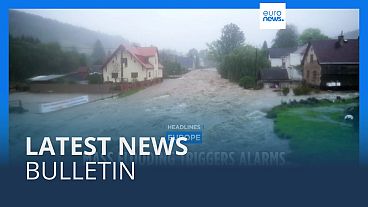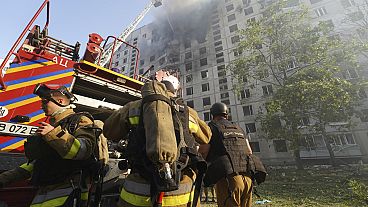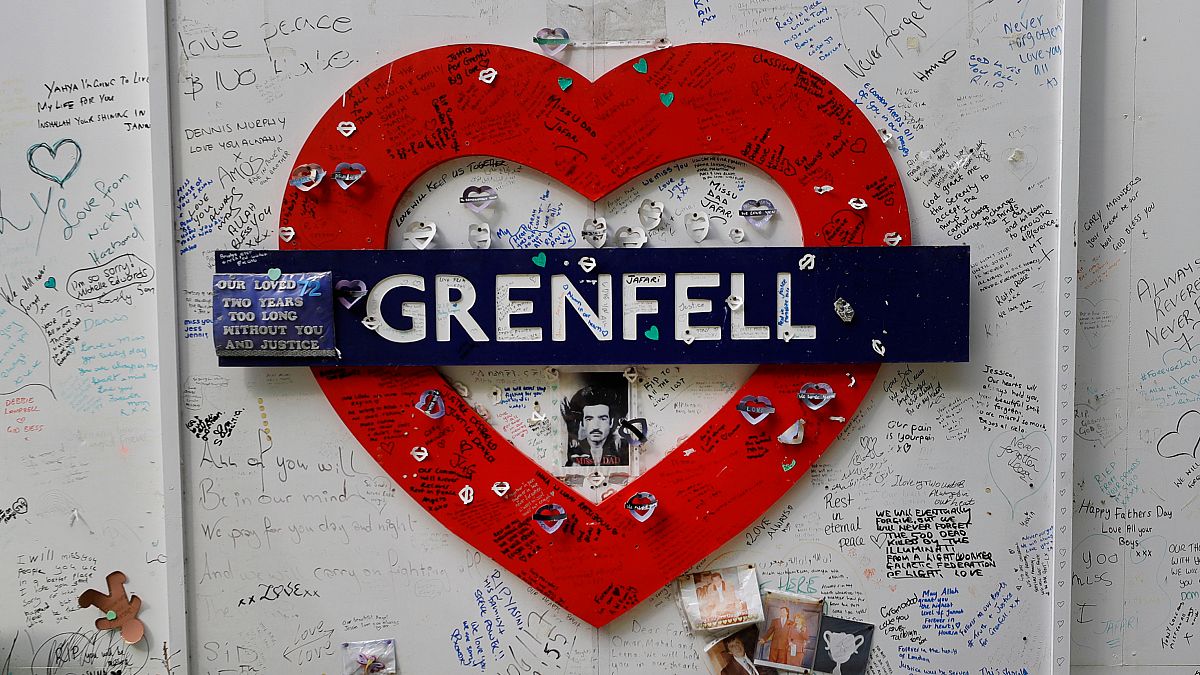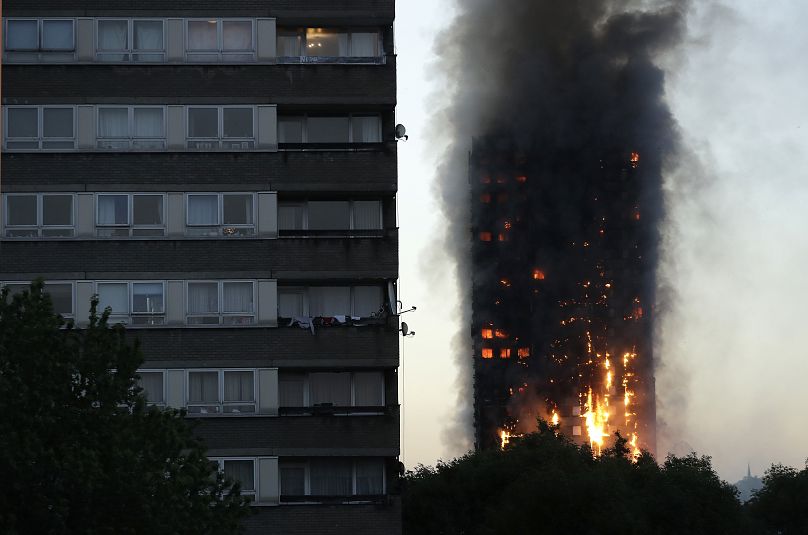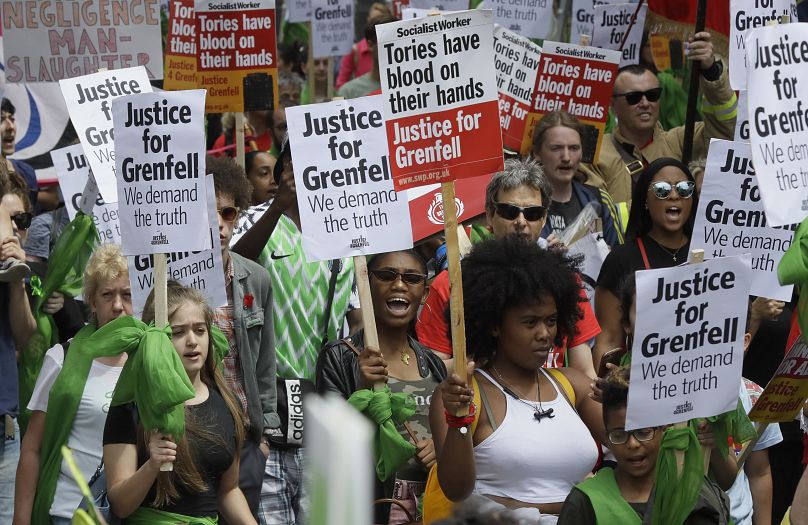Seven years after 72 people were killed in the high-rise building fire in London, the inquiry found that a "combination of causes" led to the tower being covered in combustible cladding.
A report on a deadly London high-rise fire has found that decades of failures by government, regulators and industry turned Grenfell Tower into a “death trap” where 72 people lost their lives.
The years-long public inquiry into the 2017 blaze concluded that there was no “single cause” of the tragedy, but a combination of dishonest companies, weak or incompetent regulators and complacent government led to the deadliest fire on British soil since World War II.
The inquiry's head, retired judge Martin Moore-Bick, said the victims' deaths were all avoidable, and “those who lived in the tower were badly failed over a number of years" by multiple people and organisations.
“All contributed to it in one way or another, in most cases through incompetence but in some cases through dishonesty and greed," he said.
Prime Minister Keir Starmer apologised on behalf of the British state, saying the tragedy “should never have happened” and promising the victims justice.
While the report may give survivors some of the answers they have long sought, they face a wait to see whether anyone responsible will be prosecuted. Police will examine the inquiry’s conclusions before deciding on charges.
The fire broke out in the early hours of 14 June 2017 in a fourth-floor apartment and spread up the 25-story building like a lit fuse fuelled by flammable cladding panels on the tower’s exterior walls.
The tragedy horrified the nation and raised questions about lax safety regulations and other failings by officials and businesses that contributed to so many deaths.
“How was it possible in 21st century London for a reinforced concrete building, itself structurally impervious to fire, to be turned into a death trap,” asked the report. “There is no simple answer to that question.”
'Concealing the true extent of the danger'
Grenfell Tower, built from concrete in the 1970s, had been covered during a refurbishment in the years before the fire with aluminium and polyethene cladding, a layer of foam insulation topped by two sheets of aluminium sandwiched around a layer of polyethene — a combustible plastic polymer that melts and drips on exposure to heat.
The report was highly critical of companies that made the building’s cladding. It said they engaged in “systematic dishonesty,” manipulating safety tests and misrepresenting the results to claim the material was safe.
It said insulation manufacturer Celotex was unscrupulous, and another insulation firm, Kingspan, “cynically exploited the industry’s lack of detailed knowledge.” It said cladding panel maker Arconic “concealed from the market the true extent of the danger.”
The combustible cladding was used on the building because it was cheap and because of “incompetence of the organisations and individuals involved in the refurbishment” – including architects, engineers and contractors — all of whom thought safety was someone else’s responsibility, the report said.
The inquiry concluded the failures multiplied because bodies in charge of enforcing Britain’s building standards were weak, the local authority was uninterested and the “complacent” Conservative-led UK government ignored safety warnings because of a commitment to deregulation.
The inquiry has held more than 300 public hearings and examined around 1,600 witness statements.
An initial report published in 2019, looking at what happened the night of the fire, criticised the fire department for telling residents to stay in their apartments and await rescue. The advice was changed almost two hours after the fire broke out, too late for many on the upper floors to escape.
London Fire Brigade came in for further criticism for a “chronic lack of effective management and leadership." The report said firefighters were not adequately trained to deal with a high-rise fire and were issued with old communications equipment that didn’t work properly.
The Grenfell tragedy prompted soul-searching about inequality in Britain. Grenfell was a public housing building set in one of London’s richest neighbourhoods — a stone’s throw from the pricey boutiques and elegant houses of Notting Hill — and many victims were working-class people with immigrant roots. The victims came from 23 countries and included taxi drivers and architects, a poet, an acclaimed young artist, retirees and 18 children.
The report said the inquiry had “seen no evidence that any of the decisions that resulted in the creation of a dangerous building or the calamitous spread of fire were affected by racial or social prejudice.”
The ruined tower, which stood for months after the fire like a black tombstone on the west London skyline, still stands, now covered in white sheeting. A green heart and the words “Grenfell forever in our hearts” are emblazoned at the top.
Police are investigating dozens of individuals and companies and are considering charges, including corporate and individual manslaughter. But they say any prosecutions are unlikely to come before late 2026.


